ShareGrid, the camera sharing community, has shot a few tests with the goal of exploring the capabilities of the Canon EOS C700 FF (Full Frame) in regard to sensor size, low light color grading and anamorphic. Have a look at the results.
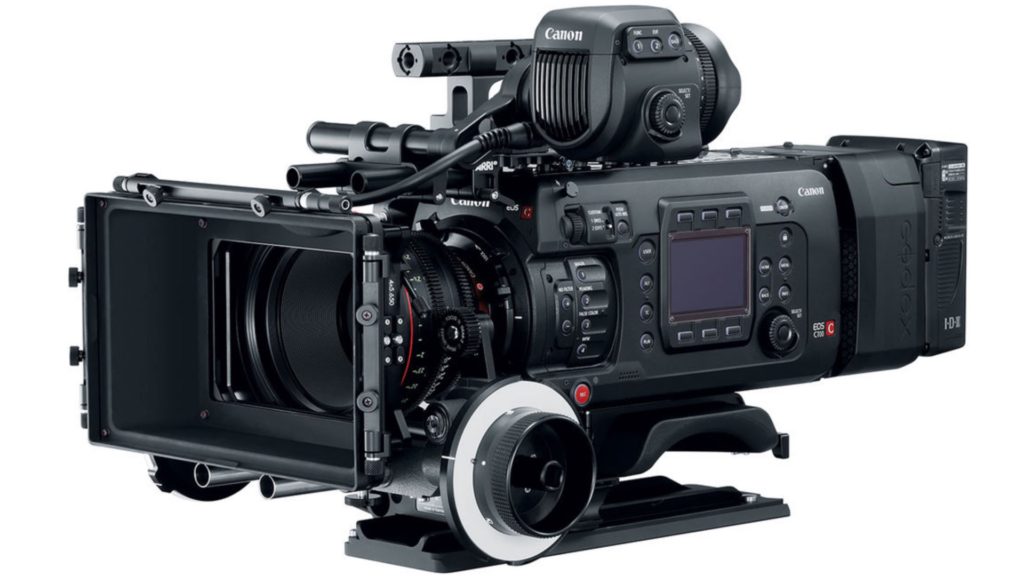
2018 is with no doubt the year of full frame cinematography. RED is in the game for quite a while, with ARRI and even Kinefinity have joined as a cinema solutions for the rising demand of large format cinematography.
We wrote an in-depth article about LF (Large Format) advantages (lower noise, bokeh, higher visual compression and more). We just find it fascinating to investigate those big sensors.
Fortunately, the guys at ShareGrid have put together three videos which demonstrate the capabilities of Canon’s flagship, the C700 FF.
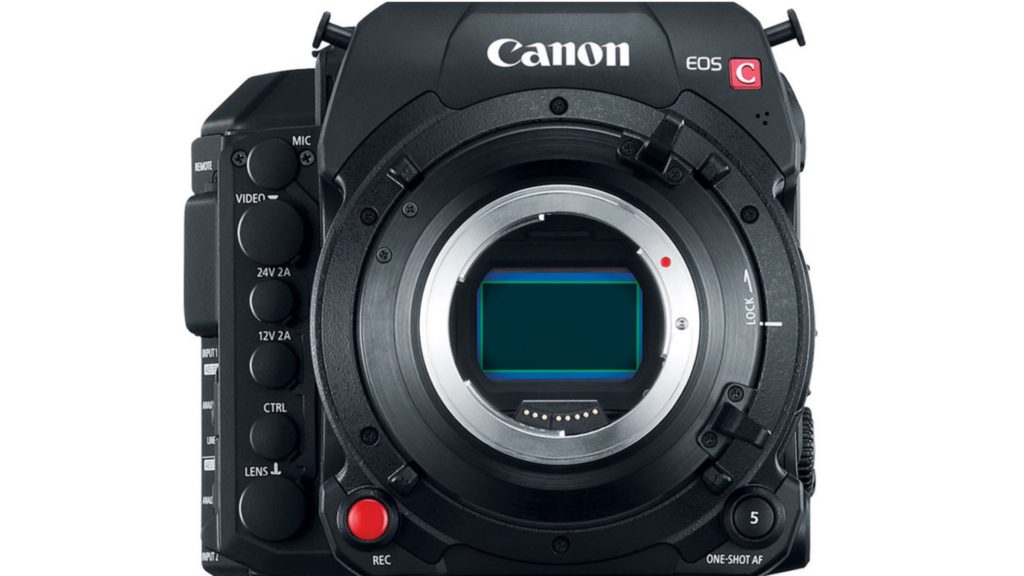
EOS C700 Full Frame Sensor Size Demo
The first test was performed by using a set of Canon K-35s and the Canon 11-165mm T2.5 Super 16mm zoom to truly see the differences between Full Frame, Super 35 and Super 16 formats. Just a reminder about Canon K-35’s, which were developed in the 1970s in response to the growing popularity of the Zeiss Super Speeds and also won an Academy Award in 1976 for technical achievement. It is important to note that those vintage lenses cover Full Frame.
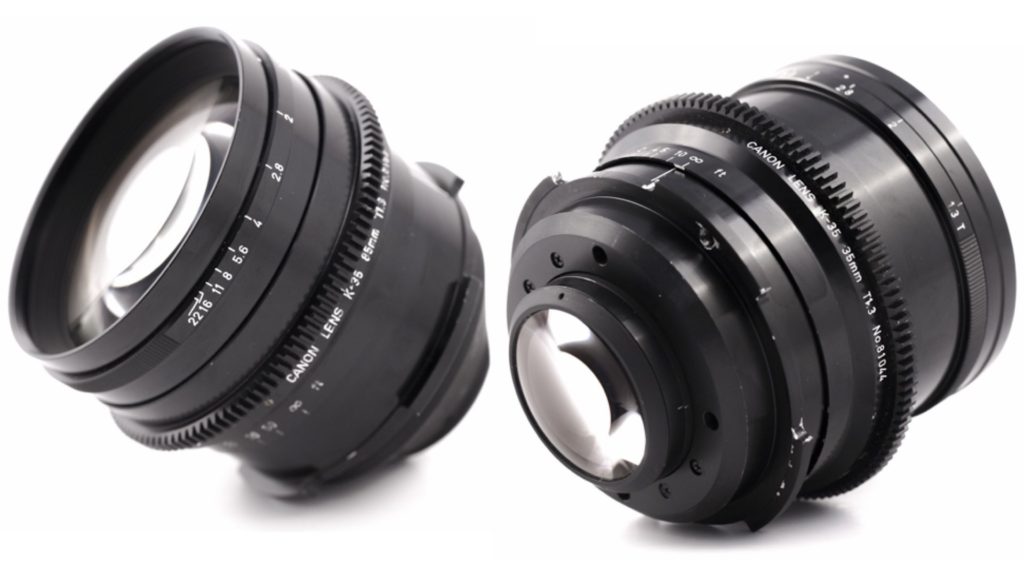
On this test the most noticeable cinematography related topics were movement, depth of field and bokeh. These are the strengths of the FF comparing to the Super 35. When shooting FF we get more! More bokeh, more FOV and more movement. You can notice the enhancement of the movement especially on impressive steadicam shots like this.
The advantages of the super 35 is the crop, when needed. Some times you need that crop in order to get larger image of the object without getting closer. It’s useful when you can’t get closer to the object. But overall, FF is more impressive.
BTW, it seems that the footage was extra soft. The vintage glass might be the reason for that, combined with the lights, but these are artistic choices.
Click on the images below to explore the different in FOV
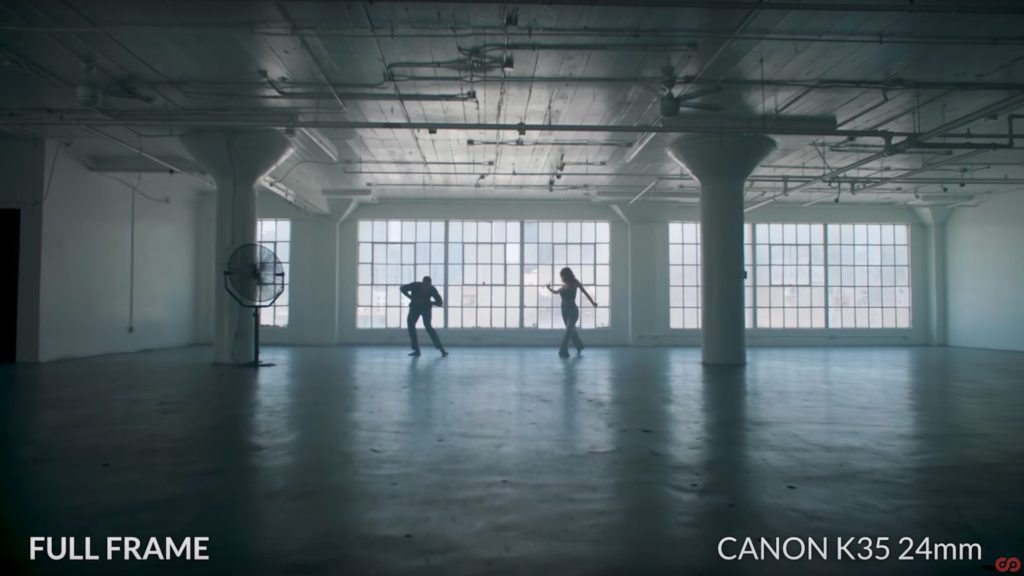
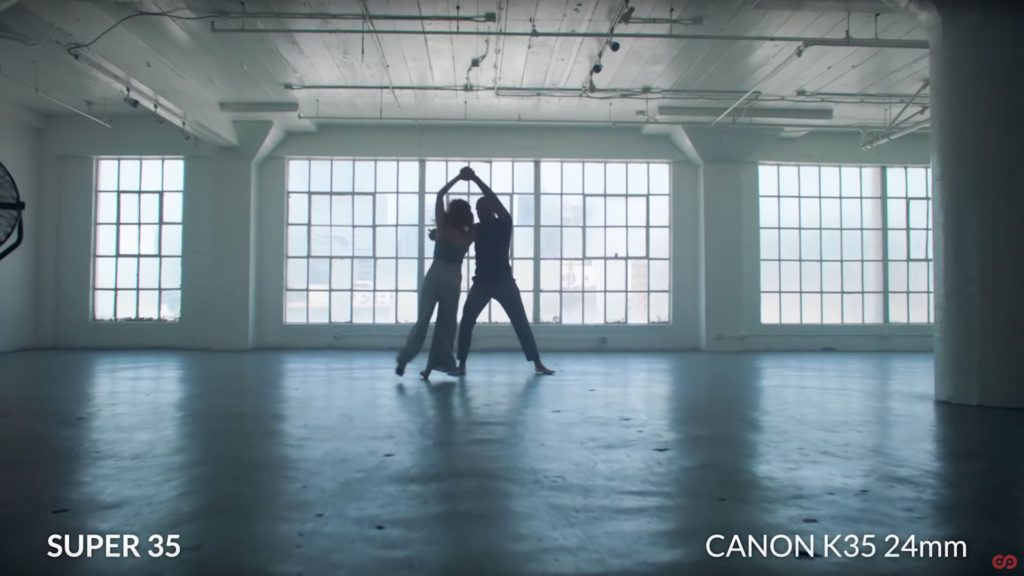
Check out the sensor size demo in the video below:
Low Light Color Correction Test
On this test, the ISO was pushed as high as 16,000 combined with the NDs for maximum bokeh. The footage was graded on DaVinci Resolve. Canon LUTs were applied as well. The LUTs can be downloaded from Canon’s website.
I must admit that those LUTs are accurate and beautiful, as you can see in the video. Those LUTs are so good that a lot of grading time can be saved. We wrote an article about how much an efficient 3D LUT is crucial in the post process.
Click on the images below to explore the footage before and after the LUTs were applied:
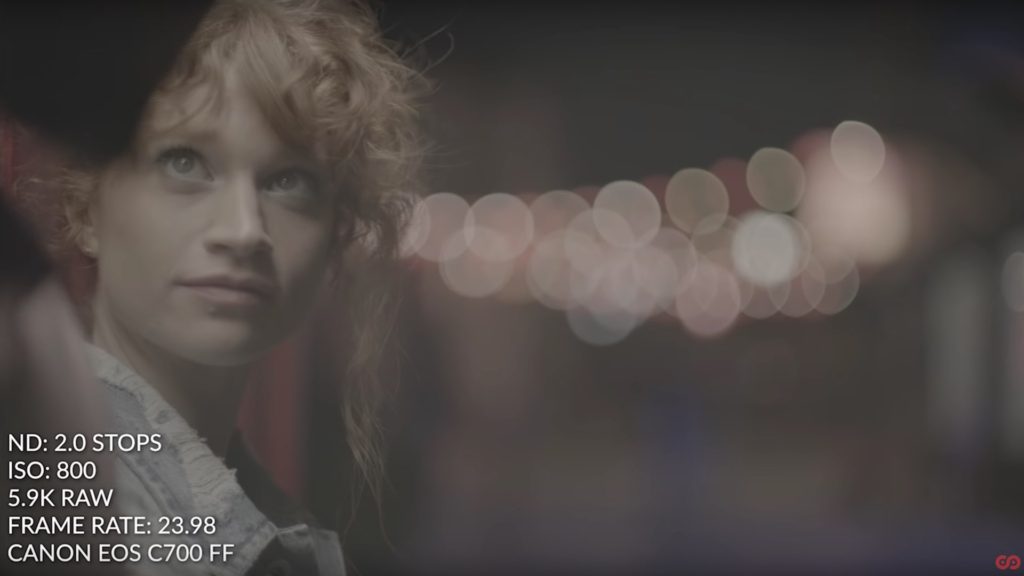
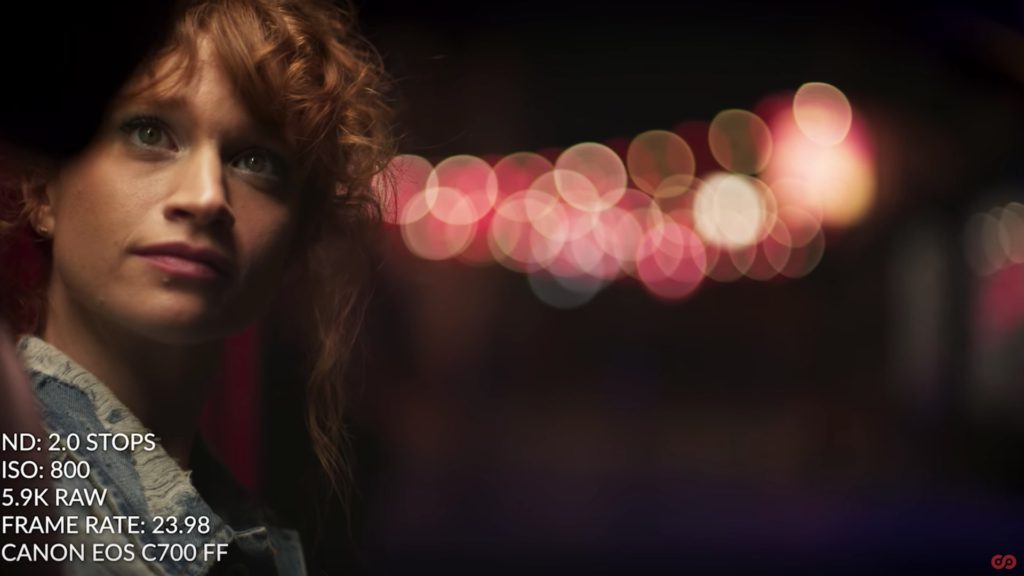
Also, the 5.9K samples were squeezed to 4K in order to get sharper and more accurate image. That’s one of the advantages of shooting on higher than 4K even though the results are 4k mastered.
Check out the low light color correction test in the video below:
For more accurate examination of the footage, download the RAW clips.
The Anamorphic Test
This time, the EOS C700 FF was paired with the Atlas Lens Co. Orion Series 2x anamorphic primes.
The Atlas Lens Co. Orion Series 2x anamorphic lenses look to offer good performance at a relatively “affordable” price ($8000) comparing to other cinema anamorphic lenses.
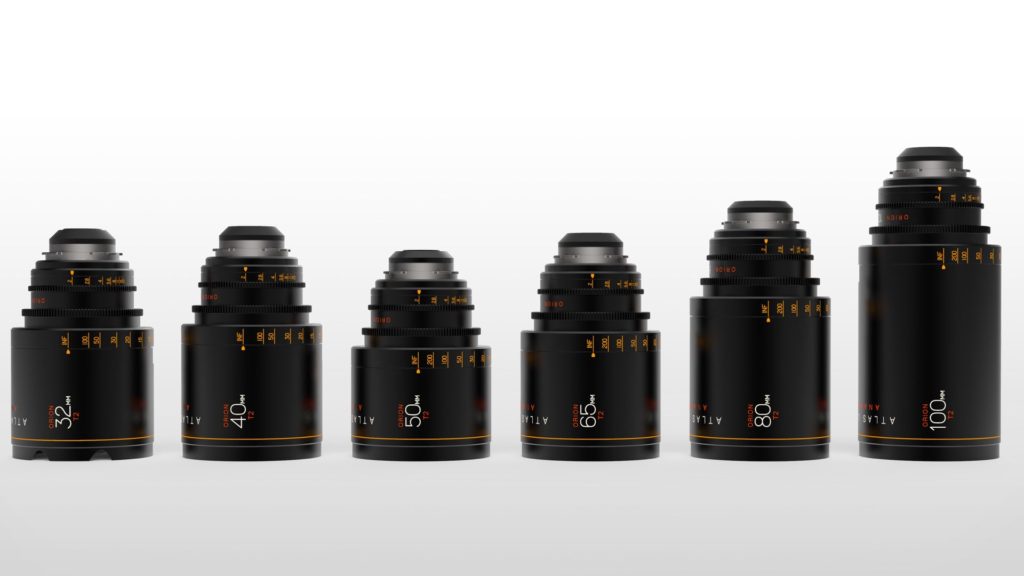
I am familiar with those Atlas lenses and I can confirm that the results are pretty impressive (if anamorphic look is what you want). Unfortunately the price is pretty high for a young company. The potential is great only if they could lower the price in order to penetrate the market. However, lets take a look at the results.
Click on the images below to explore the screenshots from the anamorphic demo:
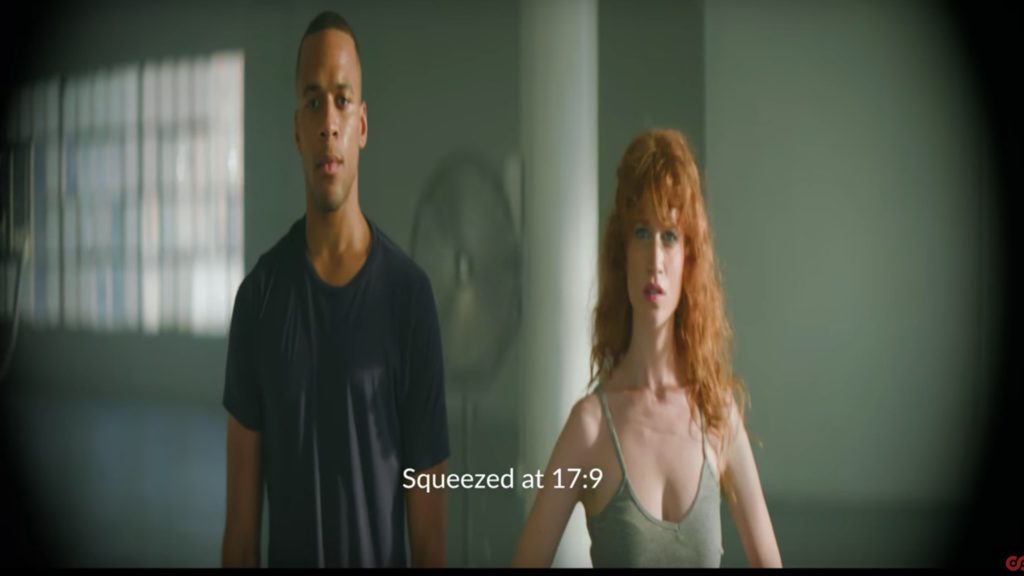
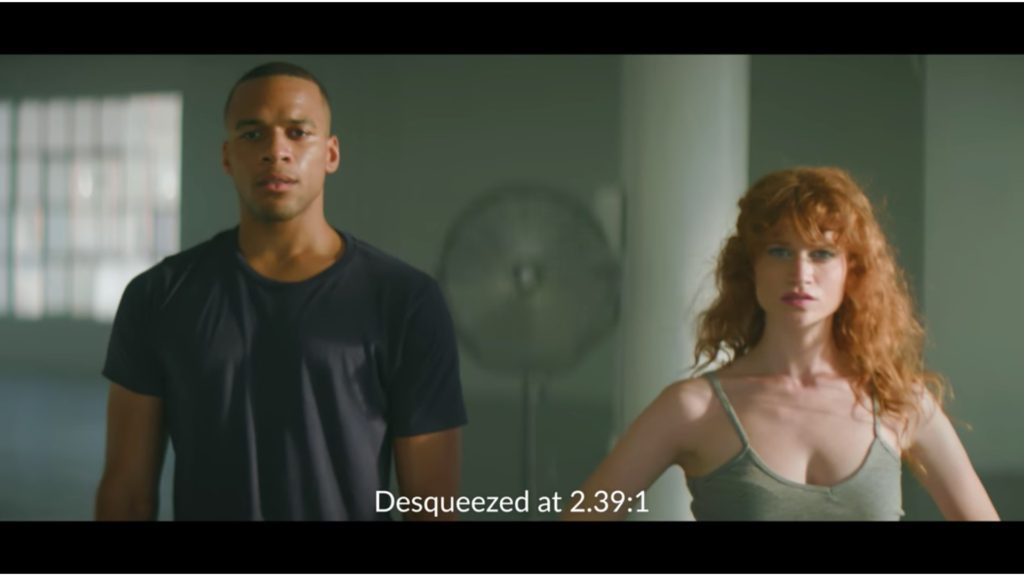
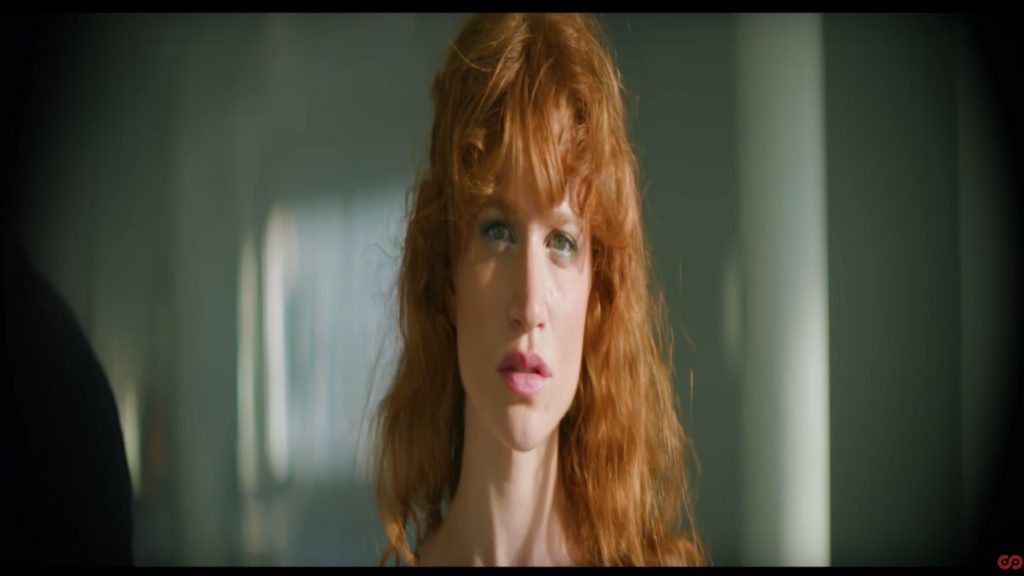
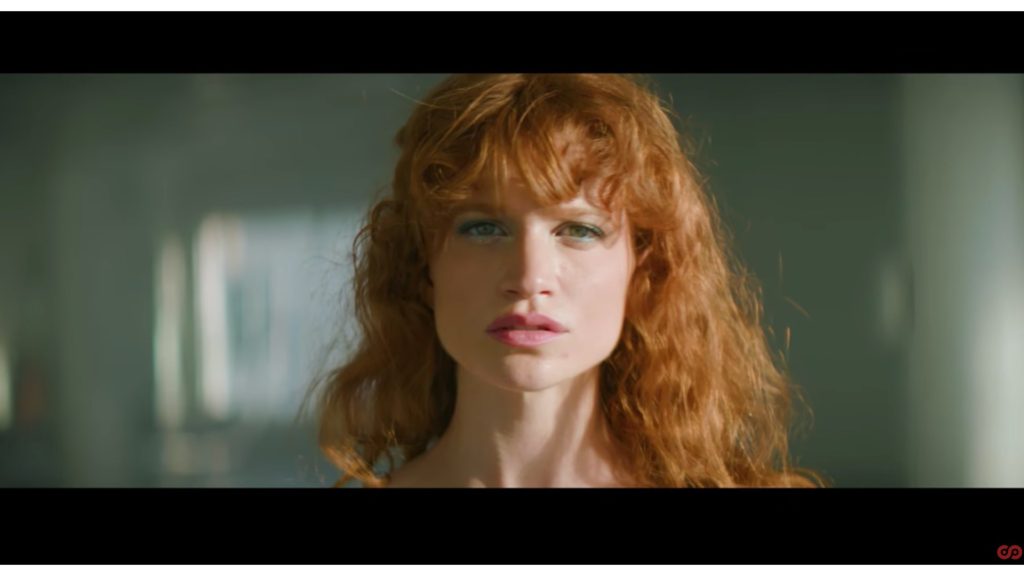
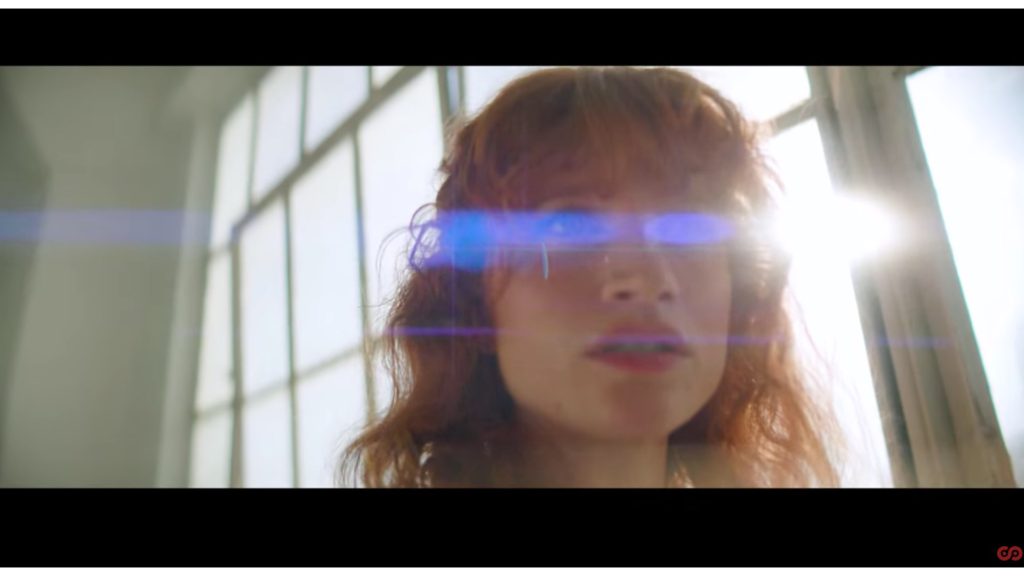
For the demo, check out the video below:
Final thoughts
I wish we had more tests like this. We have wrote about the test that was performed by Vincent Laforet: RED Gemini VS Monstro VS Helium: A Toughness Testing which you can read here.
Those tests are very educating and fun to watch.
I am eager to see some other tests regarding camera operation (startup time, usability and more technical stuff). If those tests are on your sight, let us know so we can write about it!
What do you think about the results of the Canon EOS C700 FF? Let us know!

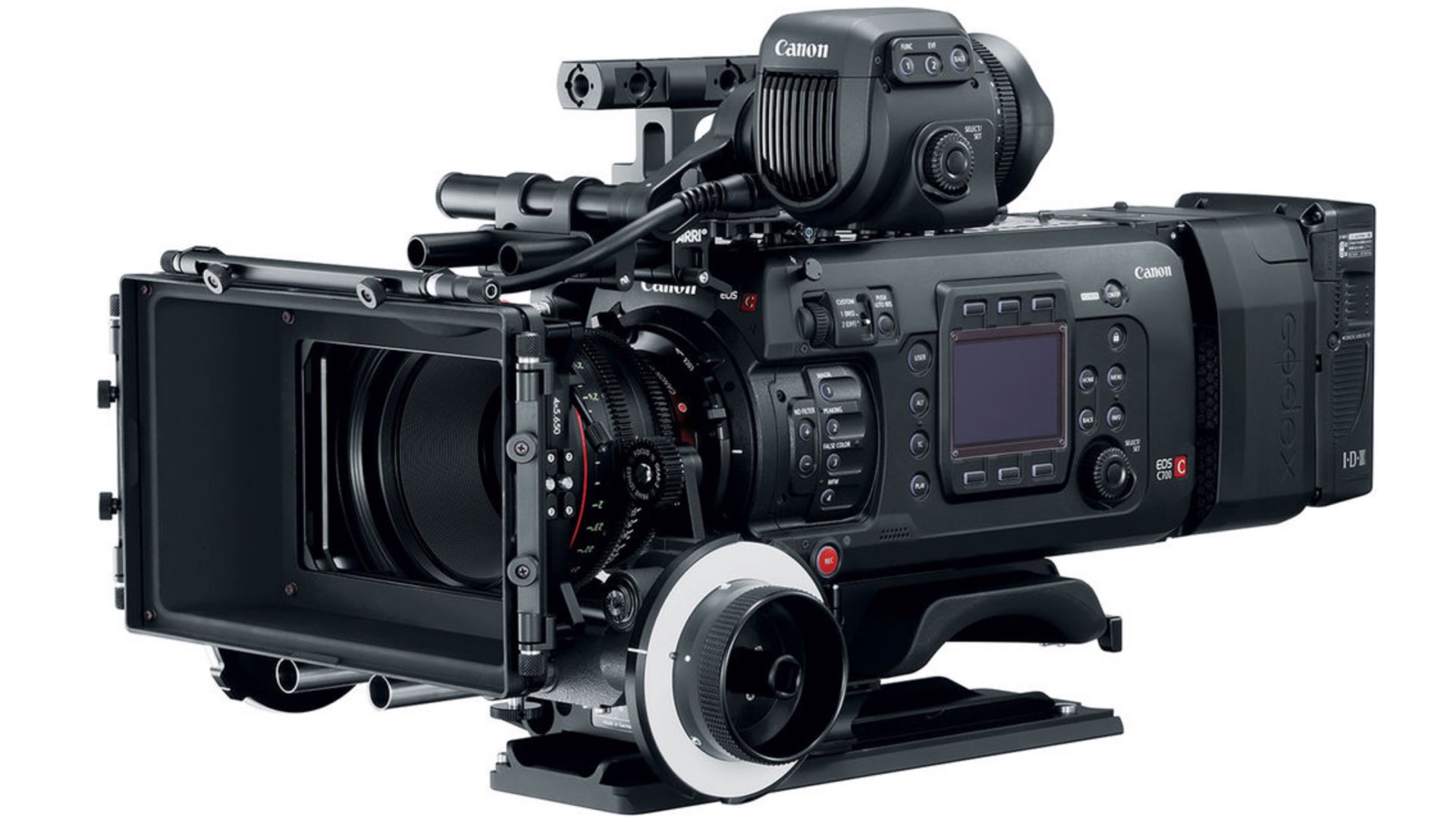
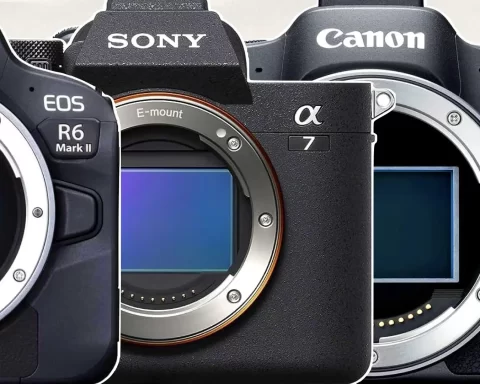
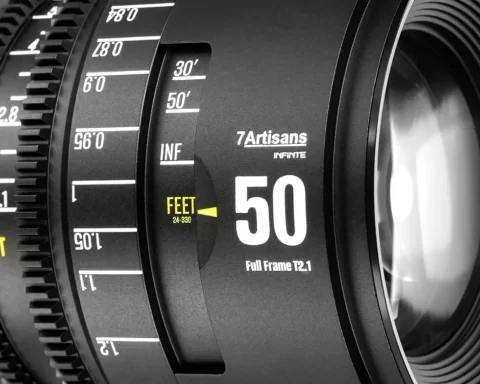



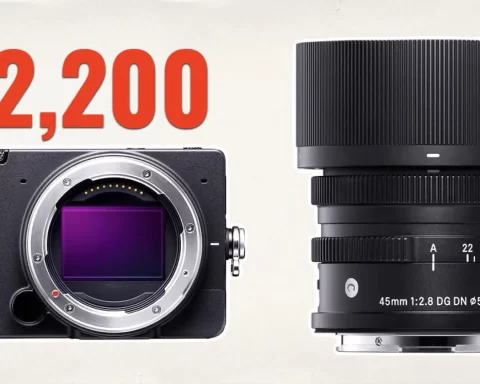

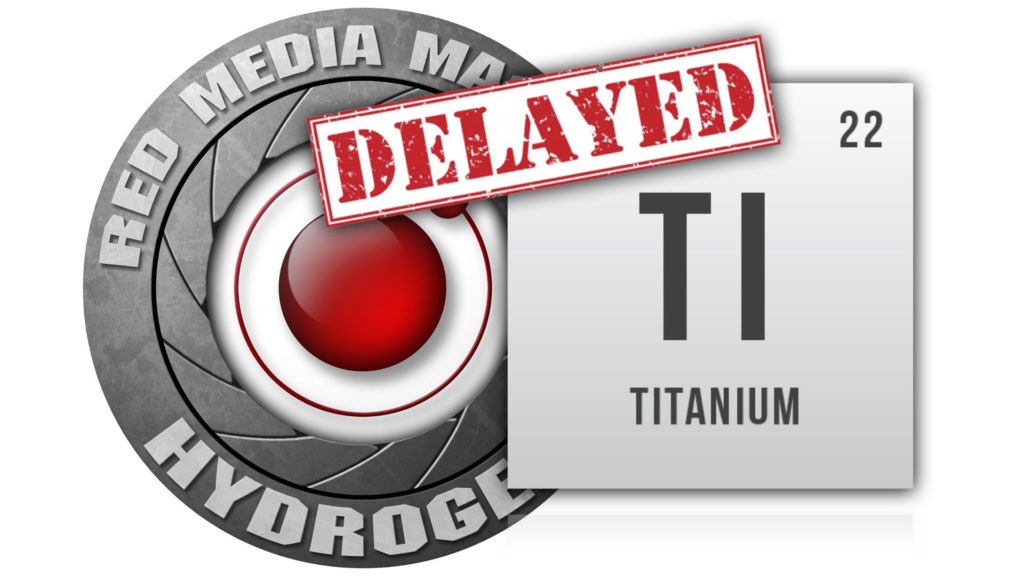
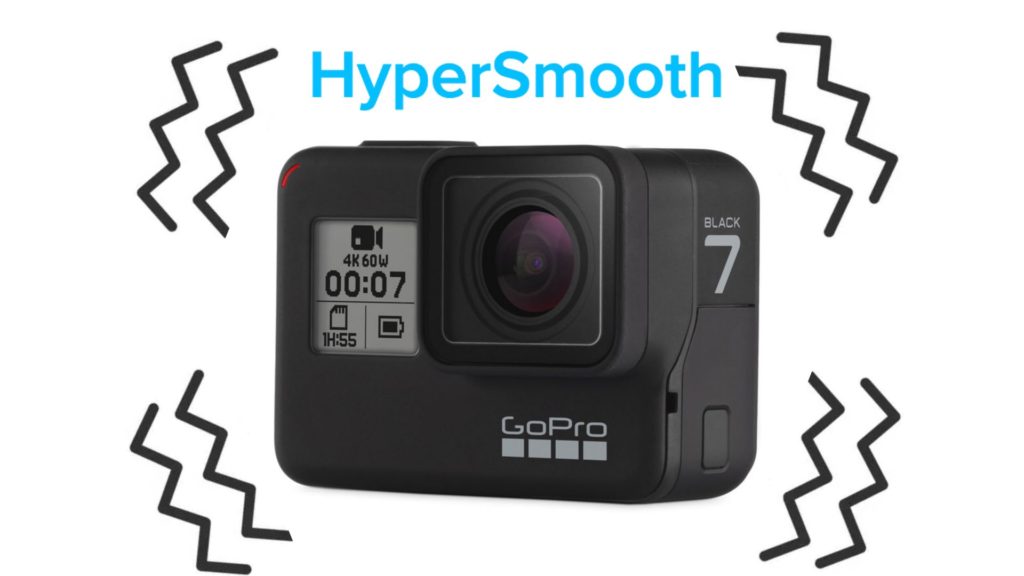

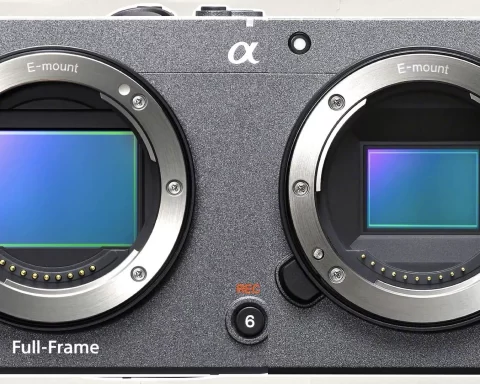
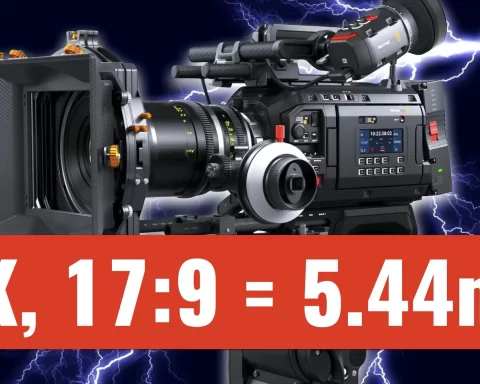
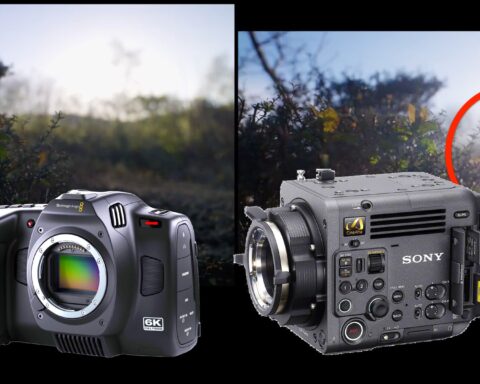
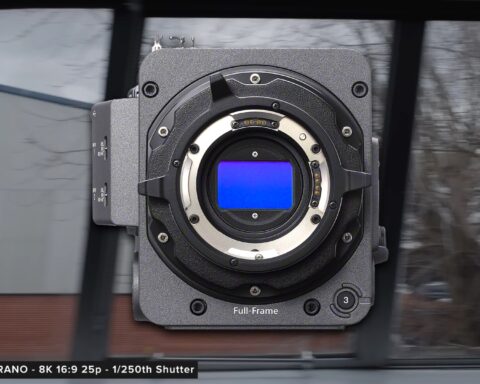


[…] in larger sensor size than super 35 like the ALEXA 65, ALEXA LF, Monstro, Canon C700 FF (which we wrote about it before) and Mavo LF, grants many advantages like reduced noise, more bokeh, visual compression without […]
[…] those of you who are less familiar with Canon’s cinema flagship, here is a helpful and educating article regarding the FF (Full Frame) version of the C700. The article shows us an examination of the C700 […]